In 1985, a sizable hole in our planet’s ozone layer was discovered in the Antarctic region, causing ultraviolet radiation from the sun to impact the Earth without the ozone acting as a buffer. Since then, scientists and world leaders have posited theories as how to heal up the hole. Today, a new study led by the Massachusetts Institute of Technology (MIT) is not only showing that the hole is healing, but it is healing due to mankind’s worldwide efforts.
The ozone layer helps act as a filter or buffer for ultraviolet (UV) rays that come from the sun. While UV rays have some positive effects, there are serious problems when the biosphere is overexposed, according to NASA. Overexposure of UV rays caused by a weakened ozone layer causes issues in the production and yield of crops such as rice, soybeans, and corn. It not only disrupts our food sources, but how other plants and animals eat as overexposure can disrupt photosynthesis in certain plant life and reduce the population of phytoplankton in the ocean. Phytoplankton is not only a food source for many fish species, but also stores large amounts of carbon, which is also an environmental issue.

Overexposure to UV radiation also causes several health issues for humans, too. According to the EPA, it increases the risk of and could cause various skin cancers, skin damage, eye damage, and suppression of the immune system.
Given all of these issues, global action had to be taken to see if this rift in the ozone layer could be fixed or, at minimum, the damage could be slowed. In 1976, prior to the discovery of the hole in the ozone layer, F. Sherry Rowland and his team discovered that chlorofluorocarbons (CFCs) damage stratospheric ozone. At the time, CFCs were widely used in various products worldwide such as refrigerators, air conditioners, and aerosol spray cans. By 1986, this was further confirmed. This began the drafting of 1987’s Montreal Protocol, a global agreement to phase down the usage of chemicals and products that have been found to cause damage to the ozone layer.

Within the past decade, there have been several reports of the ozone layer healing. However, there was no concrete evidence showing that this ozone comeback was due to manmade effort to reduce the usage of ozone depleting substances versus other potential influences, like increased greenhouse gas emissions to the stratosphere or variables in natural weather.
That’s where this recent MIT study comes in. By observing different simulations of the ozone layer’s healing process, the MIT team observed a key pattern or “fingerprint” pointing at a direct correlation between the ozone’s healing and the lessening of CFCs and other harmful chemical gases.
“After 15 years of observational records, we see this signal to noise with 95 percent confidence, suggesting there’s only a very small chance that the observed pattern similarity can be explained by variability noise,” said Peidong Wang, lead author of the study. “This gives us confidence in the fingerprint. It also gives us confidence that we can solve environmental problems. What we can learn from ozone studies is how different countries can swiftly follow these treaties to decrease emissions.”

In short, this means that human intervention through the Montreal Protocol and other efforts is now proven to be having an impact on our planet. The MIT team predicts that we could see the Antarctic hole in the ozone layer completely healed by 2035 if we maintain our efforts. If we were to turn away from the Montreal Protocol and other such global environment agreements, it would likely reverse the progress being made. After all, this study is showing that mankind has the ability to both break the ozone layer and restore it depending on our collective choices.




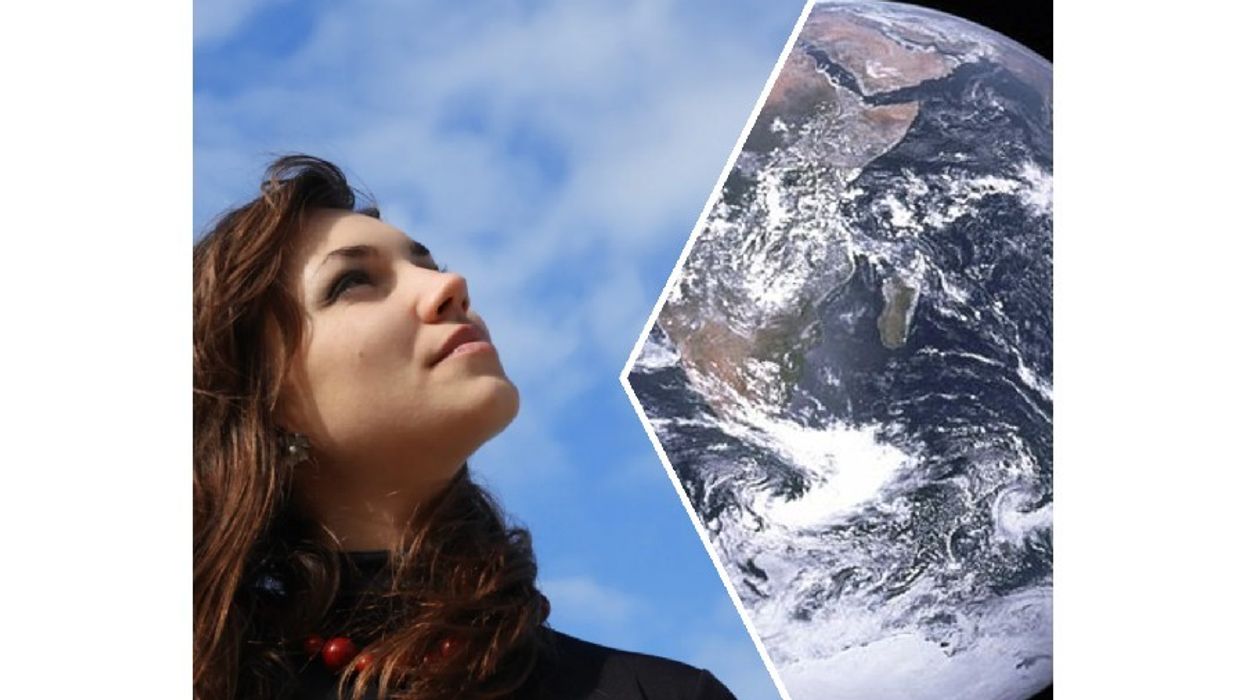












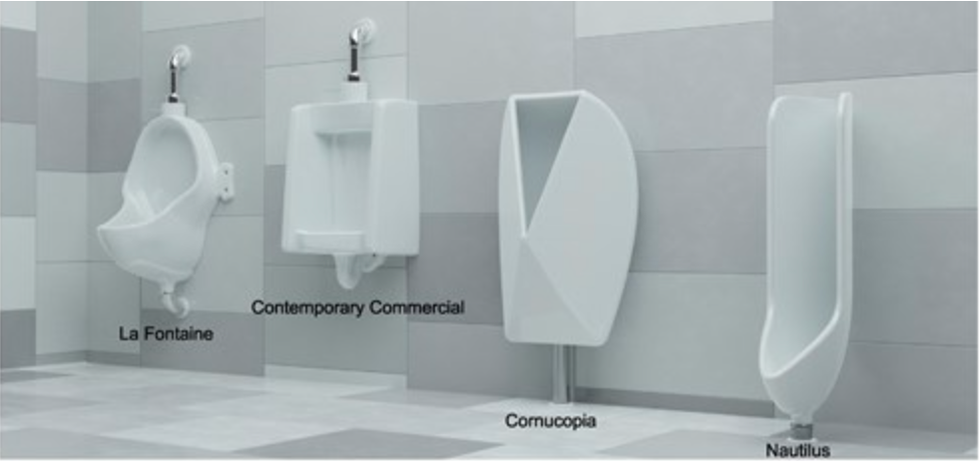


 Music isn't just good for social bonding.Photo credit: Canva
Music isn't just good for social bonding.Photo credit: Canva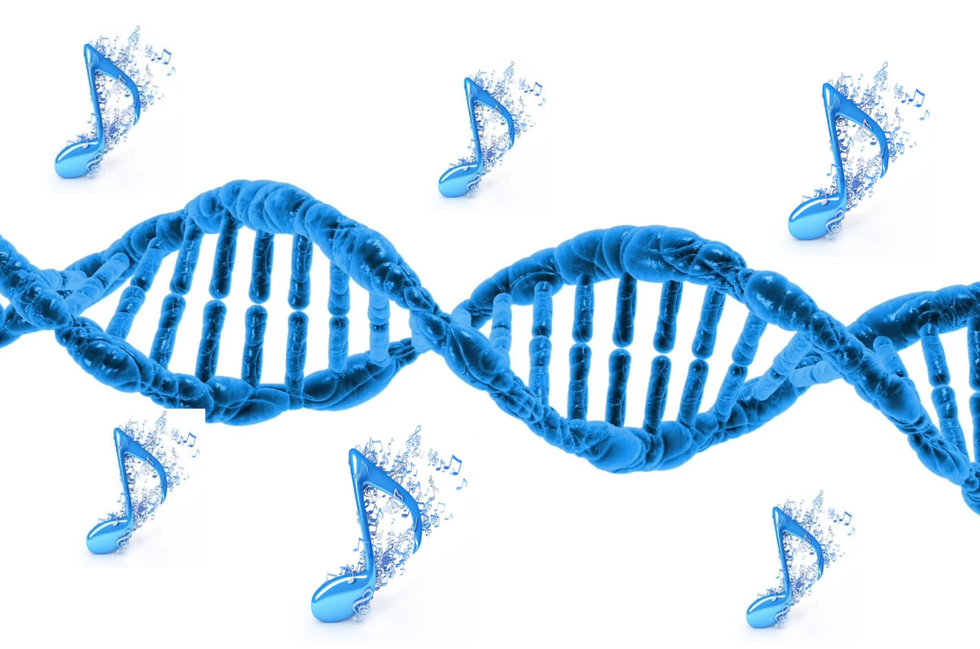 Our genes may influence our love of music more than we realize.Photo credit: Canva
Our genes may influence our love of music more than we realize.Photo credit: Canva
 Great White Sharks GIF by Shark Week
Great White Sharks GIF by Shark Week

 Blue Ghost Mission 1 - Sunset Panorama GlowPhoto credit:
Blue Ghost Mission 1 - Sunset Panorama GlowPhoto credit: 
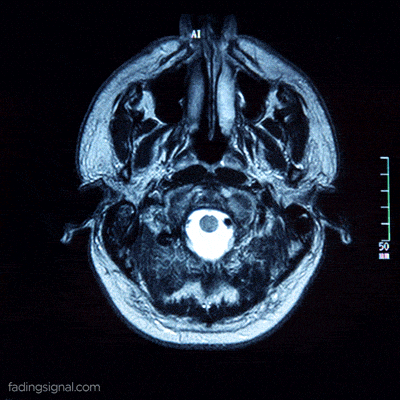 medical school brain GIF
medical school brain GIF woman leaning on man's shoulder
Photo by
woman leaning on man's shoulder
Photo by 
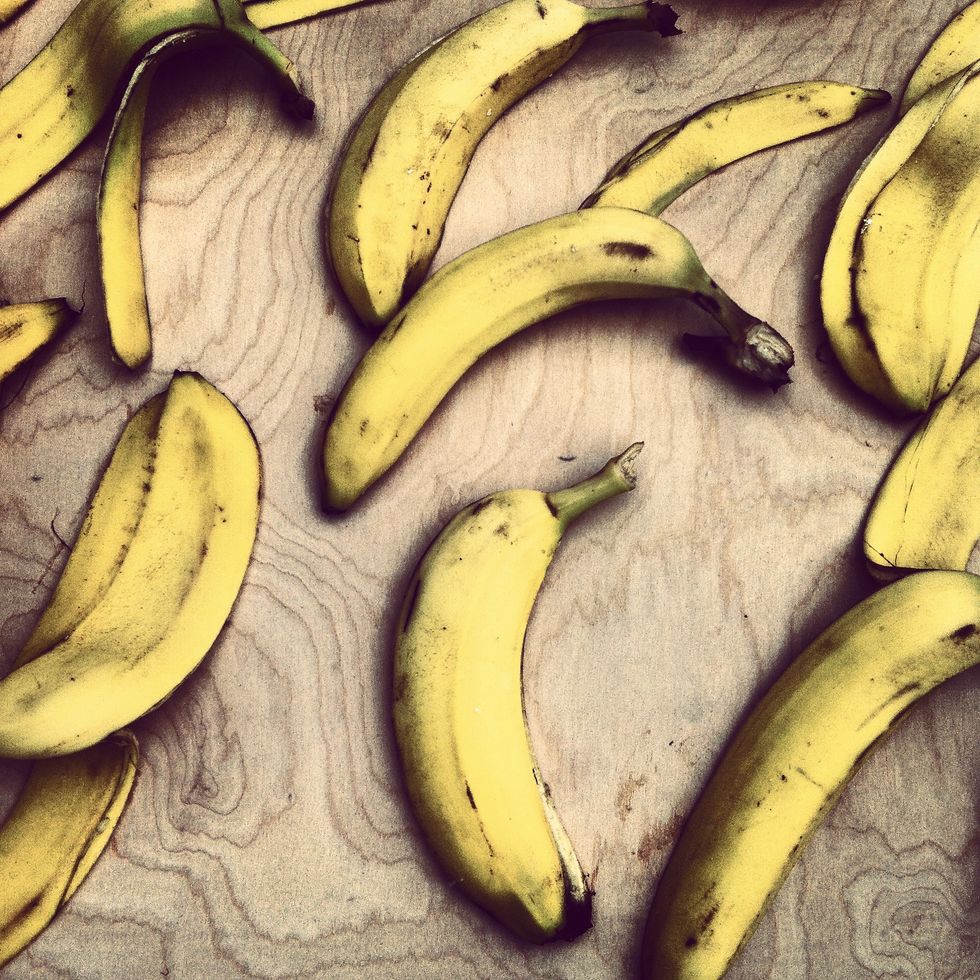 Ripe bananas
Ripe bananas How we treat produce could be changing for the better.
How we treat produce could be changing for the better.